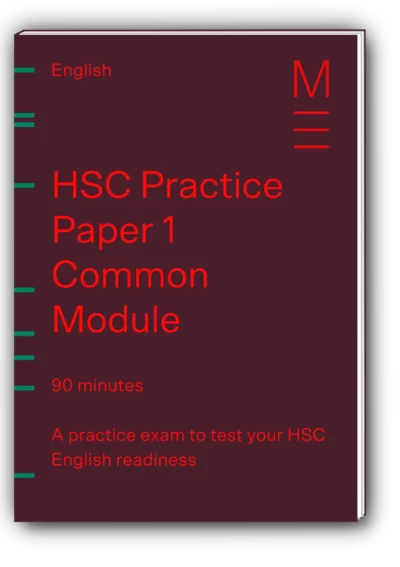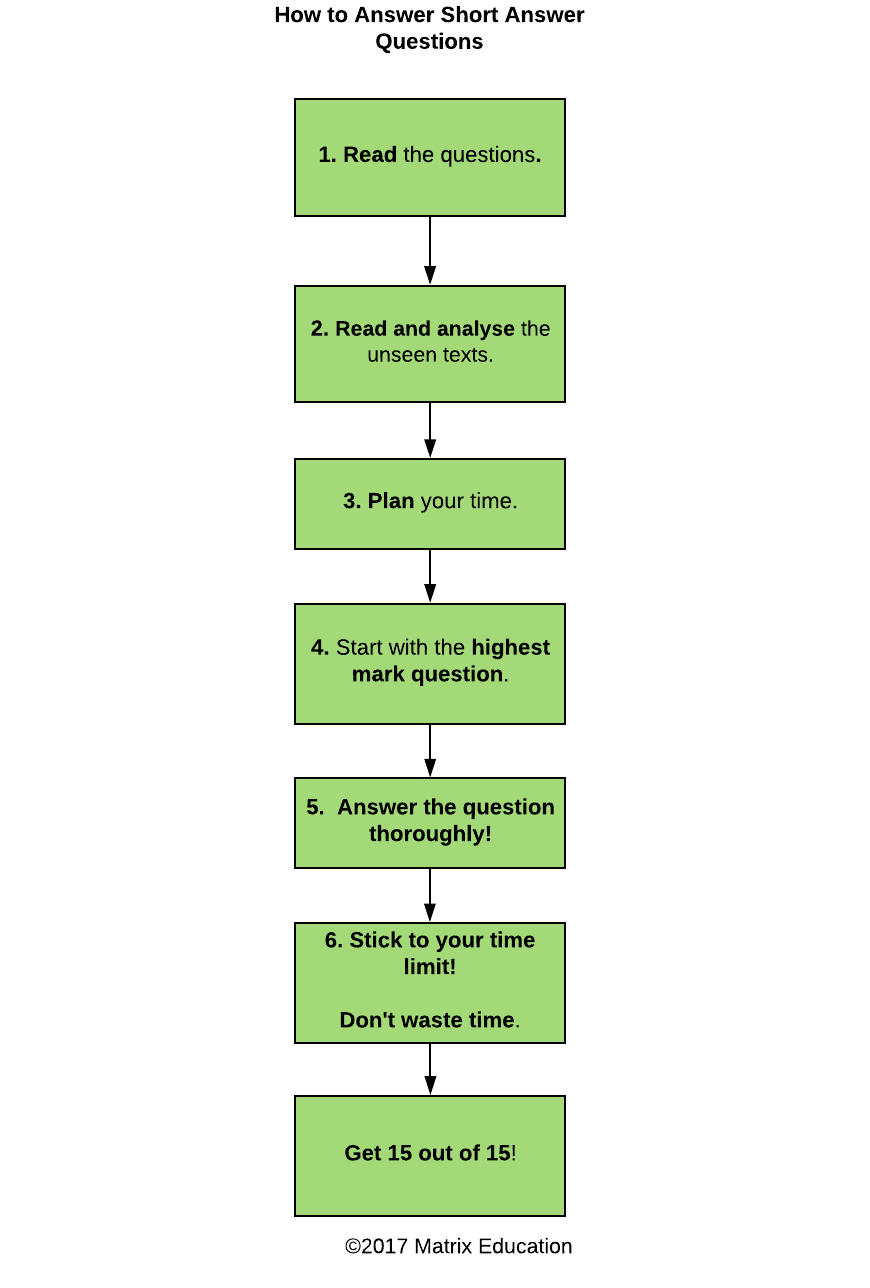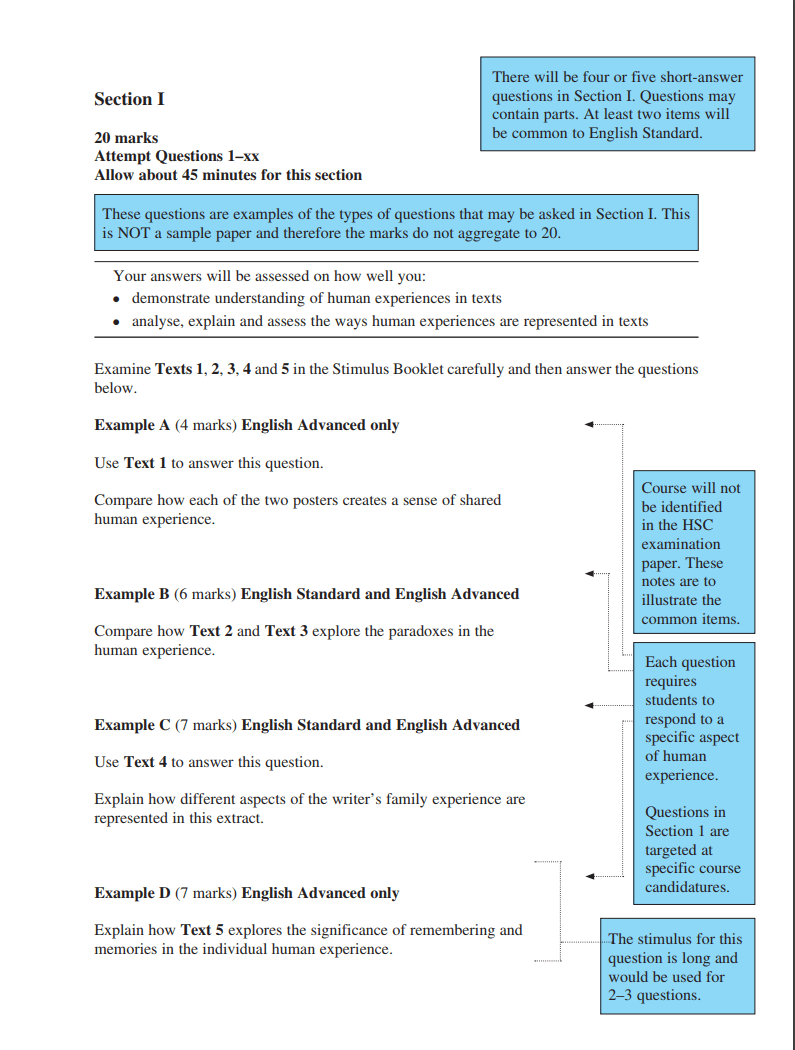Welcome to Matrix Education
To ensure we are showing you the most relevant content, please select your location below.
Select a year to see courses
Learn online or on-campus during the term or school holidays
Learn online or on-campus during the term or school holidays
Learn online or on-campus during the term or school holidays
Learn online or on-campus during the term or school holidays
Learn online or on-campus during the term or school holidays
Learn online or on-campus during the term or school holidays
Learn online or on-campus during the term or school holidays
Get HSC Trial exam ready in just a week
Get HSC exam ready in just a week
Select a year to see available courses
Science guides to help you get ahead
Science guides to help you get ahead

Guide Chapters
The HSC English Paper 1 requires students to read several unseen texts and then answer a series of short answer questions on them. But do you know how to prepare for short answer questions?
Many students struggle with them because they struggle to analyse texts they haven’t encountered before. The vast majority of students don’t think you can prepare for them, and so don’t bother. This is a critical error.
In this part of the guide, we will have a look at some strategies for preparing for unseen questions and give you a step-by-step guide to tackling them in exams.
When we talk about unseen papers or short answers we are referring to a series of questions that discuss prose and poetry pieces that students haven’t read. In past years, this has been the first section of Paper One. The Short Answer section includes:
Try your skills on our English HSC Practice Paper 1!
Simulate exam conditions and test your English skills with this full Mock Paper Fill out your details below to get this resource emailed to you. "*" indicates required fields
Download your English Advanced HSC Mock Paper!

Download your English Advanced HSC Mock Paper!
Students need to provide concise responses to the questions. Time is short during unseen sections and it is important that students don’t spend too long on the lower mark questions. The final question is worth the most and requires a structured answer in the form of a miniature essay – it will require the most time.
If you want to see what a short answer section looks like, you can find past HSC English Paper One exam papers on the NESA website.
The new 2019 English Advanced syllabus has led to a couple of changes in the make up of HSC Paper 1, it is now 45 minutes long and the questions total 20 marks rather than 15. With that in mind, you should use this section as a rough guide until NESA provides the 2019 HSC Paper 1 questions and texts.
The best way to demonstrate how to go about answering a short answer paper is by looking at one. For this exercise, we’ll take a quick look at the 2015 HSC English Paper One Paper.
The paper can be accessed here on the NESA website.
Before we start discussing the questions, take the time to read through the text extracts on pages 2 to 6. If you want a true exam experience, set a 10-minute timer. Before you read the unseen texts, take a look at the questions on page 7.
Now you’ve read them, we’ll walk you through a step-by-step guide to answering a short answer paper that looks like this:

The first thing you should do in the reading time is read the questions. this will clue you in on what to look out for when you read the unseen texts.
The questions will inform you of the themes, techniques, or concepts you need to analyse the texts for. The time constraints of the paper mean that you only have 10 minutes to read the texts and 40 minutes to answer all of the questions. So, you won’t have any time to spare.
You need to analyse as you go, so:
You only have 45 minutes in the exam. You need to get the most bang for your buck, and this means guaranteeing the most marks that you can. There are 20 marks up for grabs in the short answer section, so this means that each mark is worth 2.25 minutes of your time. You will also want to leave yourself some buffer time for rereading your responses and editing them, if possible.
Allocate a time limit for each question. For example, allow yourself fourteen minutes for a five-mark question.
5 marks multiplied by 2.25 minutes gives 11 minutes and 15 seconds.
But you will want a minute or so to quickly reread your response, too. So, aim for fourteen minutes, tops!

You don’t want to toss away marks because you ran out of time. Often students only begin the final question when they run out of time. These students have answered the questions in the wrong order.
The difficulty lies in the structuring of the questions. The paper one short answer questions are often structured around an idea and the earlier questions lead the student to answer the final, highest mark question. Students feel obliged to work through the questions in order.
Don’t fall into this pitfall, rather unpack the questions and then answer the most valuable first. You want to lock those five marks down. If you have to choose, it’s better to rush a one mark question.
As a general rule of thumb, you should provide one example and explanation per mark. This won’t always be the case as some questions will specify exactly how much you need to include in your response.
Let’s have a look at a question to see what is meant by this. Question one will be ideal for this because it is brief:
This question is specifying exactly what you need to discuss:
The question specifies “ways”, plural. So, you must provide a couple of examples in your response.
The question is worth two marks, so the student should only spend three to four minutes on the question. We need two examples, so let’s look at these two quotations from the text:
The first quote signals the man’s excitement, it is an exclamation. The second example is a command from the woman: she doesn’t want him to waste time taking the things that aren’t valuable discoveries for them.
A satisfactory response to this question would be:
The couple’s dialogue characterises the sidewalk trash as treasure. The man’s exclamation, “Oh man, look at this!” makes it clear that the man is excited by the value of the things they have found. The woman’s imperative commands, ‘Don’t take those trunks,’ the woman called to him. ‘Leave them.’ signals that she, too, can see value in what they’ve found. But pragmatically, she realises that they mustn’t waste time and find only the most valuable items that they can carry home with them. The couple may both be excited by the rubbish, but they have different perspectives on what is and is not of value.
This response answers the question and provides two examples that are clearly explained. This response would receive all the available marks.
You don’t have time to waste. Set a time limit and stick to it. If you haven’t finished the question in the time limit you set yourself, move onto the next one. If you finish and have time left, you can always come back to it.
You’re not alone. Get ahead of your English studies before the HSC Exam! With our Year 12 English Advanced Matrix course, you will learn power through your content with the guidance of expert HSC teachers. Learn more.
Learn how to write Band 6 HSC responses in English
Expert HSC teachers, detailed feedback, and comprehensive resources. Learn with Matrix+ online English courses.
The final question is always worth the most. This question will require a detailed response in the form of a miniature essay. You will need to structure it accordingly. Your response will need to have the following:
Short answer sections are hard to study for. The notion of an “unseen text” precludes studying it beforehand. But that doesn’t mean you can’t study for them.
Students can do the following, though:
After you have done a past HSC unseen section you can also mark it. This is an important step as it will:
You can mark your answers by using the marking centre guidelines from the NESA website. For example, this is a link to the 2015 Marking Guidelines. The guidelines may not give complete responses to each question, but they will give you enough information for you to mark your own work.
A good approach is to form a study group and sit these as a collective and then mark each others’ responses. This will force you to think like a marker and also explain to your peers where they went wrong. This practice will help you reflect on your own responses and understanding of the subject, too!
Matrix Year 11 and 12 English students are taught how to respond to unseen texts and receive detailed feedback on the practice unseen sections they complete. If you would like to know more about how to study and respond to short answer questions, read our Ultimate Guide for How to Answer Common Module Unseen Questions.
© Matrix Education and www.matrix.edu.au, 2025. Unauthorised use and/or duplication of this material without express and written permission from this site’s author and/or owner is strictly prohibited. Excerpts and links may be used, provided that full and clear credit is given to Matrix Education and www.matrix.edu.au with appropriate and specific direction to the original content.